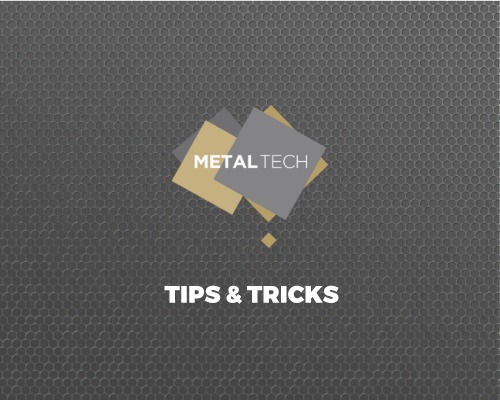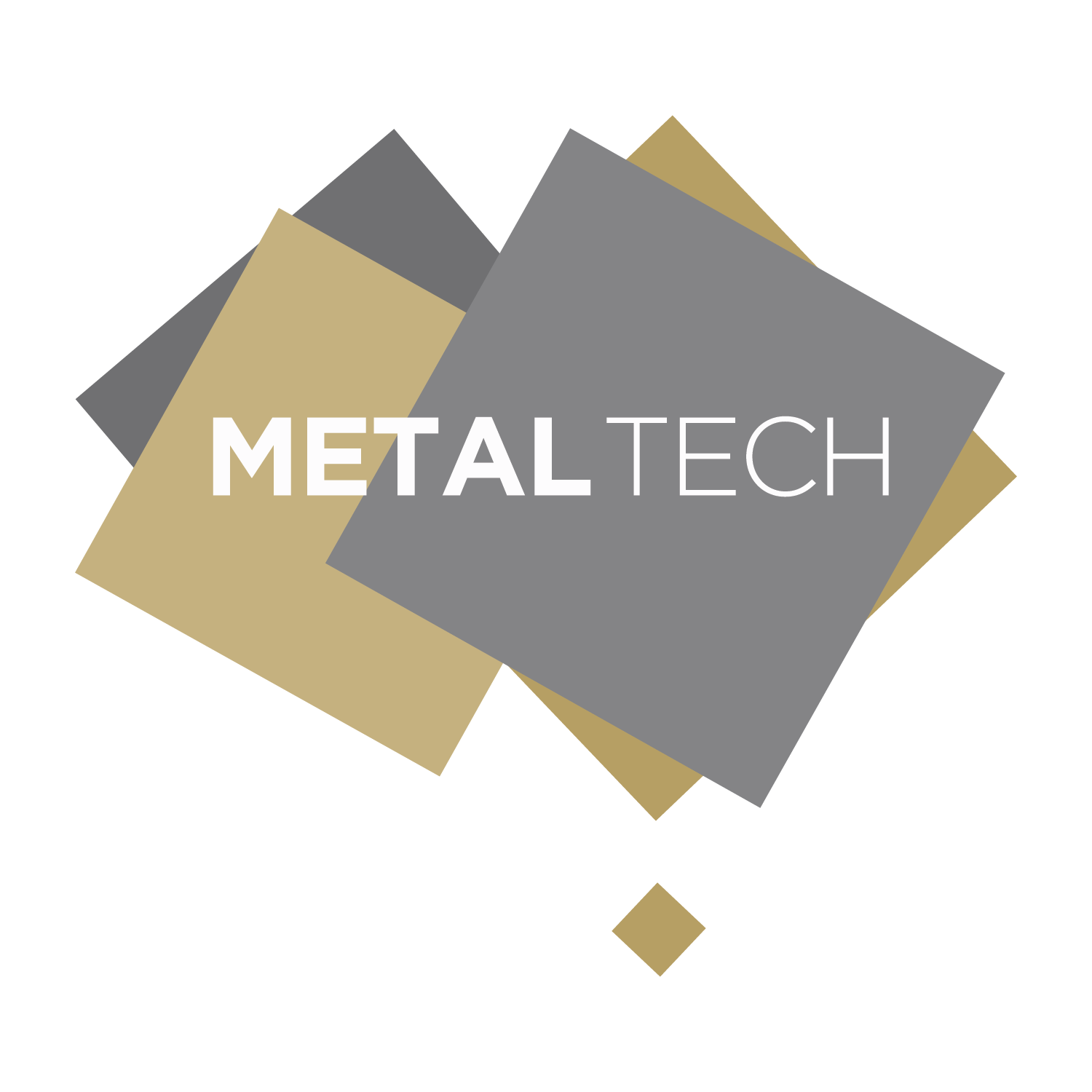
Everything to Know About 3D Printing metal materials
Metal 3D printing is becoming increasingly popular as the technology continues to improve. But what are the materials that are used in metal 3D printing? In this blog post, we will discuss the different materials in metal 3D printing and provide some tips on choosing the suitable material for your project. Thanks for reading!
What Is Metal 3D Printing?
Metal 3D printing is a type of additive manufacturing that creates metal parts by depositing layers of material. Laser metal deposition is the most common type of metal 3D printing, and it works by melting metal powder with a focused laser beam as the build platform moves. The melted powder fuses with the previous layer to create a solid part. Metal 3D printing is often used for prototyping and low-volume production because it offers design freedom, shorter lead times, and lower tooling costs. Laser metal deposition can print parts with complex geometries that would be impossible to produce with traditional manufacturing methods. Additionally, metal 3D printing can be used to repair existing parts, which helps to reduce waste and extend the life of expensive components.
Most Common Types of Feeding in Metal 3D Printing
In metal 3D printing, different materials can be fed to the product depending on the process. The most common type is a single wire fed through an arc to create a melt pool. This melt pool is then used to build up the required shape layer by layer. Dual wire 3D printing uses two wires instead of one, which helps to improve the quality of the final product.
Wire and powder 3D printing is another standard process, using a wire feed and a powder bed. This powder bed can be made from various materials, including metals, ceramics, and plastics. Using different materials in the powder bed makes it possible to create products with multiple colors or even different properties in each layer.
Different Materials in Metal 3D Printing:
Metal 3D printing is making three-dimensional metal parts from a digital file. It is achieved using an additive manufacturing (AM) technique, which builds the part layer by layer. In metal 3D printing, a printer deposits tiny droplets of metal onto a build platform. Each droplet cools and solidifies before the next one is deposited until the desired three-dimensional shape is created.
There is a range of materials in metal 3D printing, including stainless steel, mild steel, carbon steel, titanium, and inconel. Each metal has different properties that make it more or less suitable for use in 3D printing.
Stainless steels, for example, are widely used because they are solid and resistant to corrosion. Mild steels are also popular because they are easy to process and have good mechanical properties. Carbon steels are less commonly used due to their high carbon content, making them difficult to print. Titanium is often used in medical implants and aerospace applications due to its strength and lightweight. Inconel is a nickel-chromium alloy resistant to high temperatures and corrosion, making it ideal for use in hot environments.
Metal Tech Can Provide All Your Needs Regarding Materials in Metal 3D Printing.
Metal Tech is Australia’s leading provider of materials in metal 3D printing. We offer a wide range of products and services that can meet your needs, whether you’re looking for a specific material or want to explore the possibilities of 3D printing with metal. We have a team of experts who are passionate about helping our customers succeed, and we’re always happy to answer any questions you might have. If you’re interested in learning more about Metal Tech, we encourage you to explore our websiteor contact us today. We look forward to meeting your needs and exceeding your expectations.

Leave a Reply